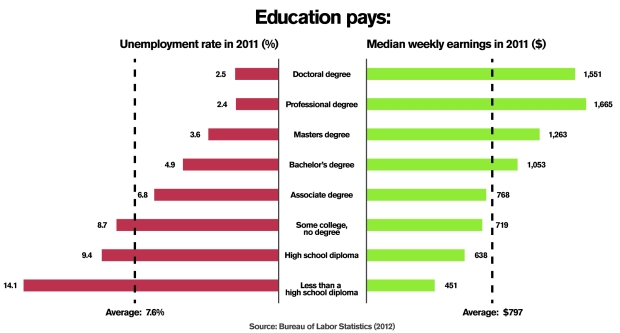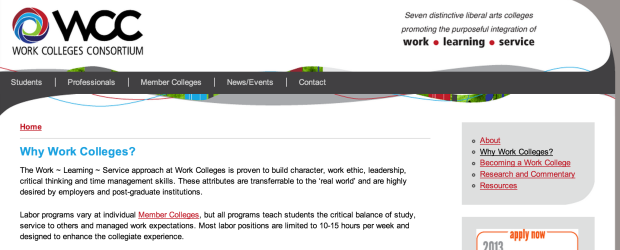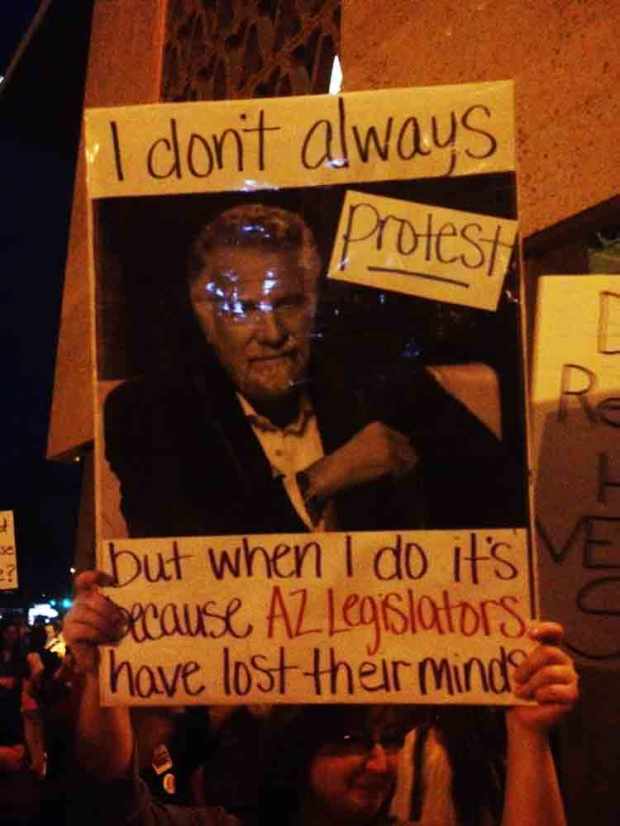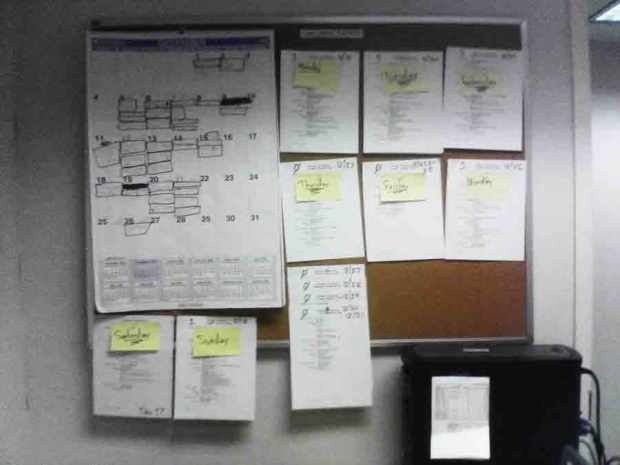“The number one reason students give for leaving school is the fact that they had to work and go to school at the same time and, despite their best efforts, the stress of trying to do both eventually took its toll.”
The Bill and Melinda Gates Foundation published a report dispelling myths and offering the reality behind declining college completion rates. The research was based off of surveys that suggested that dropping out of school was a very prevalent consequence of working while attending college.
The study found that, “Balancing work and school was an even bigger barrier than finding money for tuition. Those who dropped out are almost twice as likely to cite problems juggling work and school as their main problem as they are to blame tuition bills (54 percent to 31 percent).”
Another major factor contributing to the major decline in college completion rates involves the cost of tuition. More students are either paying for their education entirely or are helping with the financial burden of tuition than in previous years.
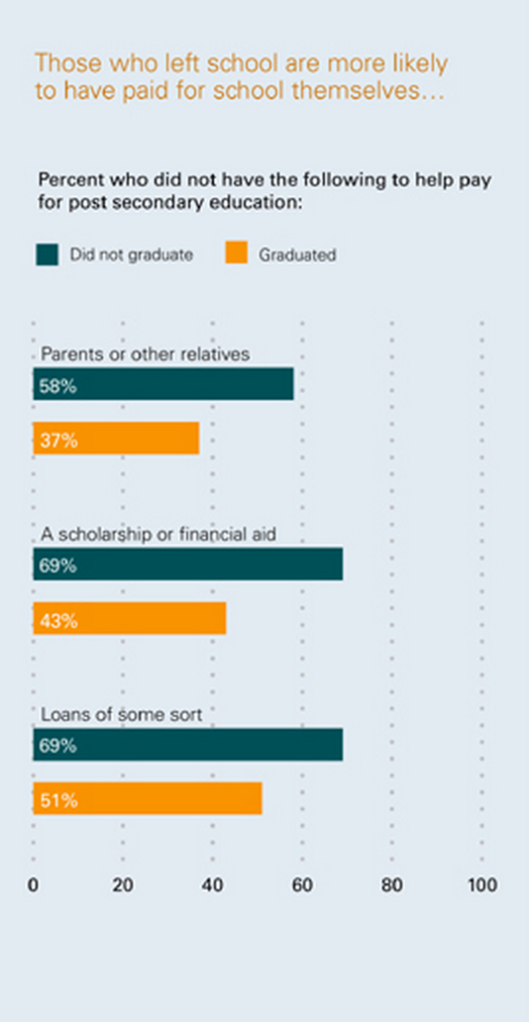
This rise in student financial responsibility seems problematic as the Bill and Melinda Gate’s Foundation study found that 6 out of 10 students who failed to earn a college degree said that they paid for their education independently and without the help of others, as compared to the 6 out of 10 who did graduate and stated that they had help with the cost of their tuition.
These statistics are troubling at a time when the value of obtaining a college degree may be at its highest point. In CNN’s article, “College degree seen as better investment than ever,” Andreas Schleicher, the education directorate of OECD, stated, “Probably in these times there is no better investment you can make than in your education. Rate of return is in the order of 10 to 15 percent. And then think about what other investments you can make these days where you get a similar rate of return.”
A survey conducted by Arizona State University found that holding a college degree not only impacts average salaries but also influences unemployment rates.
I started this blog to highlight the plight of the working college student, a very real struggle especially for those students who pull more than 20 hours a week at work while attending full time – but these statistics highlight the importance of completing the task at hand.
It is now more important than ever to stay the course and drudge through the sleepless nights and mental breakdowns that school and work can trigger. The struggle is real, but the reward is great. I know that I will personally be proud when I walk at my graduation, and know now that the odds are not in my favor to do so.
These statistics can either cause a sense of hopelessness in student workers, or can instill a sense of inspiration to fight the odds and succeed. I hope that they inspire my fellow working students to fight the odds and win.
It isn’t easy, but there is proof that it is worth the fight.
